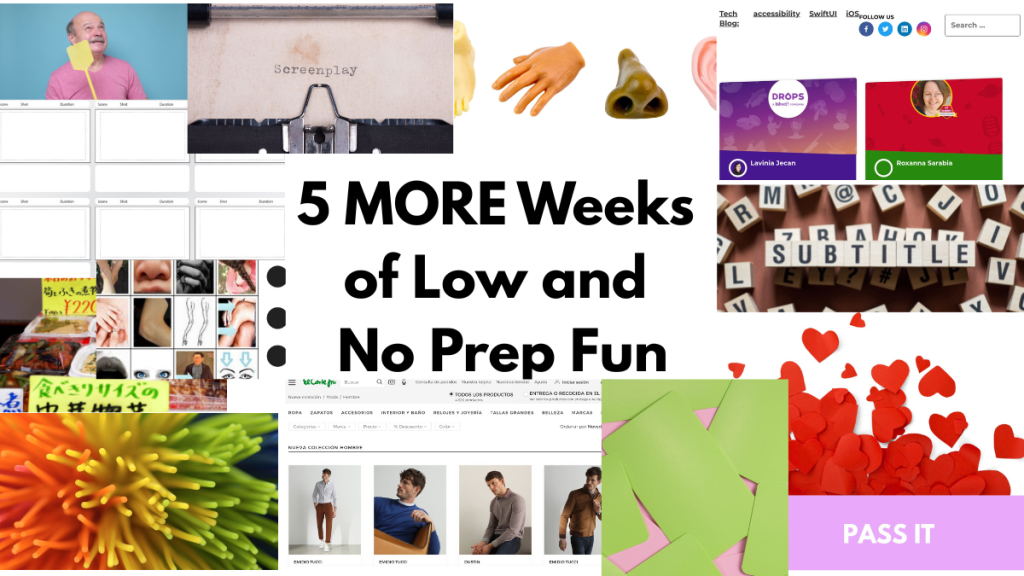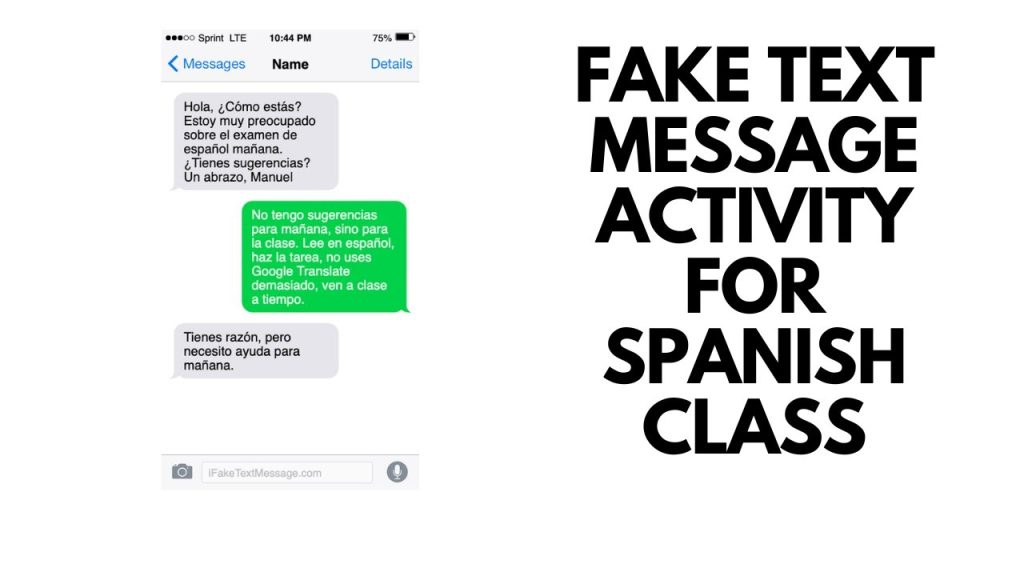5 Essentials for Teaching Spanish: A Teacher-Centered Guide to Proficiency, Joy, and Work–Life Balance
If you teach Spanish at the secondary level, you already know the truth many new teachers discover the hard way: world language teaching is incredibly rewarding—but it can consume all of your time if you let it. We want our students to communicate confidently, we want class to be fun, and we want results… without sacrificing every evening and weekend.
In this post, I’m sharing the five essentials from my masterclass 5 Essentials for Teaching Spanish—a blend of theory, practical classroom routines, and teacher sanity-savers I wish I’d known early in my career.
Whether you’re new to teaching Spanish or you’ve been in the profession for years, I hope these ideas help make your journey just a little easier.
1. Understand Language Proficiency as a Continuum
One of the biggest mindset shifts Spanish teachers can make is understanding that fluency isn’t binary. No student is simply “fluent” or “not fluent.” Instead, proficiency develops on a continuum:
- Words → Phrases → Sentences → Connected Sentences → Paragraphs → Extended Discourse
Most of our students spend their time in the early part of this continuum, moving steadily from memorized language into created language. That perspective helps us set realistic expectations—and celebrate real progress.
And how long does it take? The Foreign Service Institute estimates that Spanish requires far fewer hours to reach professional proficiency than languages like Chinese. While we can’t copy-paste these timelines into a school setting, they offer powerful context: fluency takes time, consistency, and thoughtful instruction.
2. Make Culture a Core Part of the Journey
Language and culture are inseparable—ACTFL sums it up beautifully with its three Ps: products, practices, and perspectives.
To help students truly communicate, we must invest class time in cultural input:
- authentic visuals
- stories and traditions
- real people in the Spanish-speaking world
- perspectives that help students see similarities and differences
Culture ignites curiosity, lowers anxiety, and grounds language in meaning.
3. Balance Learning and Acquisition for Maximum Growth
Stephen Krashen’s work reminds us that acquisition (soaking up the language naturally through input) is incredibly powerful—but learning (explicit practice, grammar, vocabulary study) has its place too.
The secret?
Combining both.
- Acquisition gives students confidence and comprehension.
- Learning gives them tools, accuracy, and awareness.
- Together, they lead to faster, more sustainable progress.
Your class doesn’t need to be “all CI” or “all grammar.” The magic happens when you integrate the strengths of both approaches.
4. Build Strong Routines and Lower the Affective Filter
Early in my career, I attended a session with Harry Wong, author of The First Days of School. He emphasized spending the first two weeks teaching routines and procedures—not rushing content.
World language teachers have an advantage here: procedures are content.
Think of all the Spanish students acquire when routines are embedded in the target language:
- Levántense.
- Cierren los cuadernos.
- Saquen papel.
- Hagan el calendario.
Routines build order, predictability, and confidence. They also lower the affective filter, which is essential in a class where speaking can feel vulnerable—especially for teenagers.
One of the simplest ways to lower anxiety?
Make class fun.
According to the Mayo Clinic, laughter reduces stress. LEGO’s research shows that play supports engagement, meaning, and exploration. When students feel safe, supported, and joyful, they take risks—and that is where language begins to flow.
5. Protect Your Time: Work–Life Balance Is a Teaching Strategy
Teaching can easily overflow into nights, weekends, and every open corner of your brain. I once heard a Teacher of the Year describe how she spent Friday nights in her classroom preparing for the week ahead. Admirable—but totally unsustainable for many of us.
I tried it.
And it did not work for me.
What did work? Creating during the summer—cups of coffee, pajamas, and time to build meaningful, fun, immersive materials without the pressure of tomorrow’s lesson.
Teacher burnout is real. Nearly 40–50% of teachers leave the profession within their first five years. We must protect our joy, our time, and our lives outside the classroom.
For me, that meant building (and continually refining) hundreds of:
- comprehensible input lessons
- games
- routines
- assessments
- ready-made units
- student-centered activities
All designed to save teachers time while keeping the learning fun, immersive, and communicative.
My mission now is to help other teachers enjoy their work while maintaining balance.
Where to Go From Here
If you want ready-made lessons, games, calendars, quizzes, and CI activities for Spanish 1—and a way to stop reinventing the wheel—I’ve created a complete library of materials that grew out of many summers of creating, refining, and testing.
The full collection includes:
- CI-based Spanish lessons
- Full Spanish 1 unit bundles
- Google Slides calendars
- Verb bingos, games, Connect Four, tic-tac-toe, and casino-style activities
- Culture resources
- Surgeries (write-your-student’s-name) personalized CI activities
- 100+ book of student-centered tasks
- Google Form quizzes
- Spanish-speaking world surveys
- Memes, question sets, postcards, and more
Over 250+ resources, all designed to help you teach well and have a life.
Final Thoughts
Teaching Spanish is joyful, meaningful work—but it doesn’t have to come at the cost of your evenings, weekends, or well-being. With strong routines, a clear understanding of proficiency, a mix of acquisition and learning, and a good dose of fun, your classroom can become a place where students truly grow as communicators.
Hasta la próxima.
5 Essentials for Teaching Spanish
My must-know strategies to teach Spanish effectively.
Want to learn more? Click here: https://real-life-language.mykajabi.com/reallifelanguage

